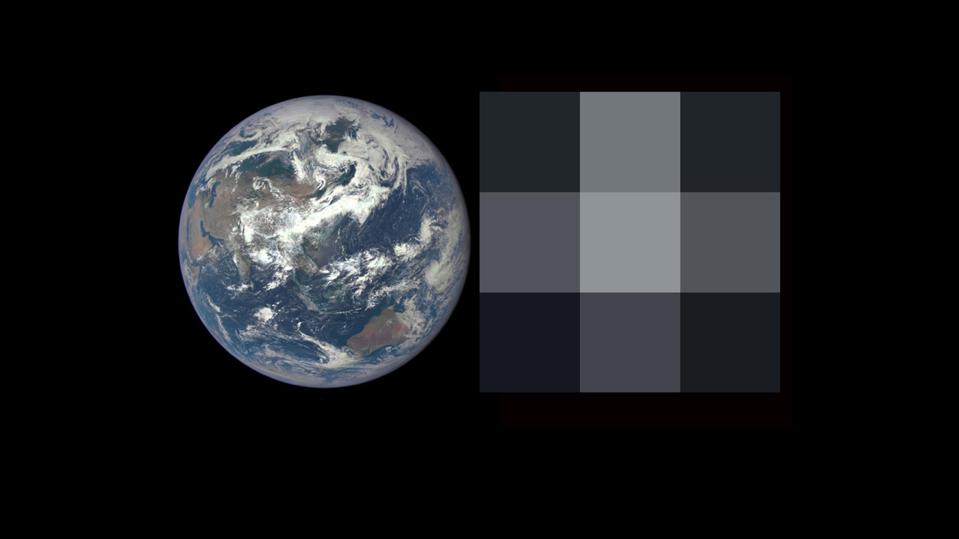How Scientists Will Use the Transit of Venus to Find Alien Worlds

What’s the Latest Development?
For the National Solar Observatory, yesterday’s transit of Venus was an opportunity to do cutting edge science that will help in finding and analyzing alien worlds. Telescopes in Arizona, New Mexico, California, Hawaii, Australia and India took measurements of the planet’s thick, carbon-dioxide-rich atmosphere as light refracted against it. “Because the composition of Venus’ air is relatively well known, such observations should provide a benchmark for studying details of exoplanet atmospheres during transits.” Astronomers can use transits to detect foreign planets because they cause a dip in the brightness of their parent star.
What’s the Big Idea?
The transit of Venus, which occurs in pairs separated by more than a century, has been used by scientists to study the day’s important astronomical questions. “For example, scientists mounted huge expeditions to view the 18th century’s two transits, which occurred in 1761 and 1769. The goal was to time the transit precisely from many different points around the globe, then calculate the Earth-sun distance using the principles of parallax. With this information in hand, the scale of the entire solar system would follow.” While those expeditions failed, scientists got the data they wanted in the transits of 1874 and 1882.
Photo credit: Shutterstock.com





